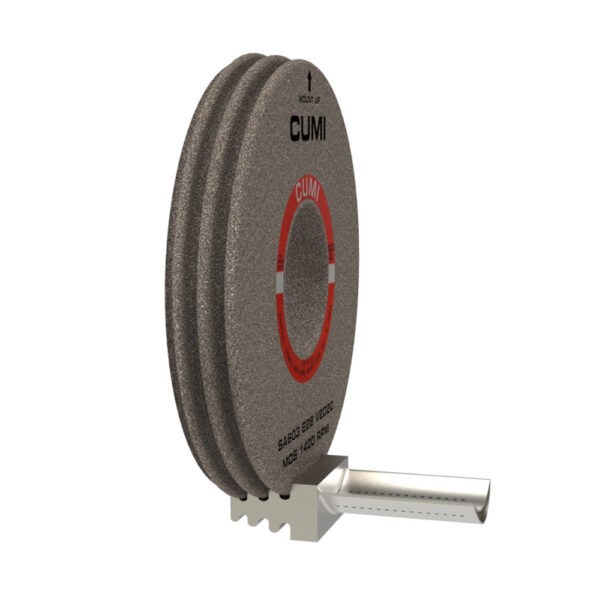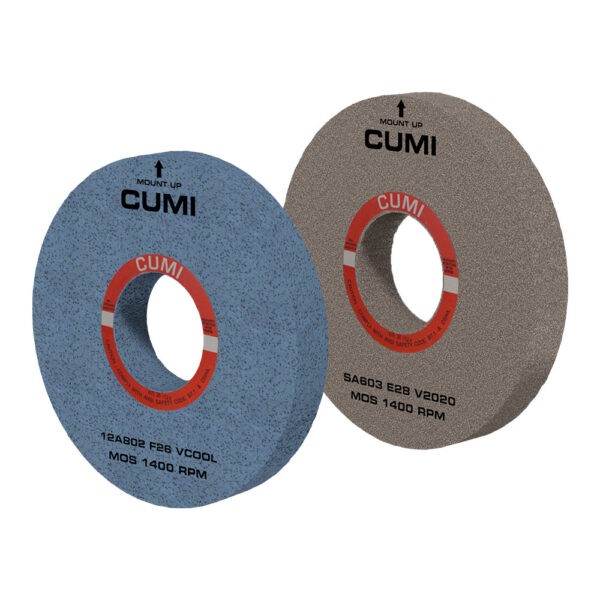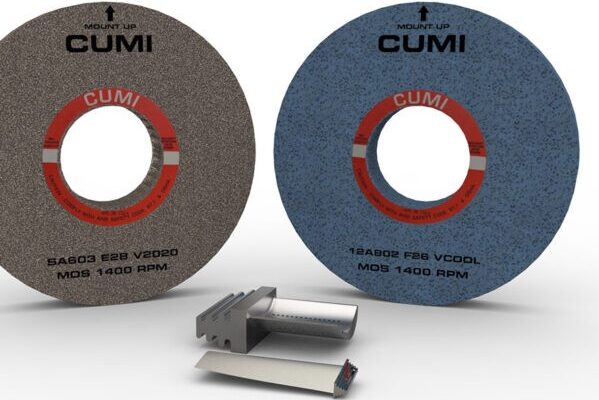Being the third largest in domestic aviation and fourth in military aircraft fleet size, India has long relied on abrasive technology for high-precision manufacturing of critical aircraft components. One such key methodology is creep-feed grinding.
The creep-feed grinding technique relies on lower speeds and a greater depth of cuts, as compared to other conventional grinding techniques. This allows for finer tolerance, which is required for specialised applications such as building the parts of a turbine.
The turbine of an aircraft consists of rotor blades, guide vanes, and cylindrical shaft, which work together to power the engine and give it thrust to propel the aircraft. Since they are located right behind the aircraft’s combustion chamber, they operate in an extremely high-pressure, high-temperature environment. To illustrate, they are subjected to operating temperatures of 1500oC while rotating at extremely high speeds for prolonged periods. Nickel-based superalloys, such as the Inconel series, are used to manufacture these hot section components. Their ability to withstand high stress, resist wear, and corrosion at elevated temperatures can be pegged to greater hardness (64 – 68 HRC) compared with conventional materials (58 – 60 HRC).
Creep-feed grinding is useful in ‘hardened’ applications where materials of superior toughness are used to counter high heat exposure.

The grinding process used to precisely machine these components such as the vanes, blades, and shafts becomes critical in ensuring their accuracy to function effectively. The grinding must be done at low temperatures and speeds but with high accuracy to give them their particular shape, thinness / thickness, and angularity. This helps avoid material burn and excess or uneven material distribution. For instance, the famous fir tree serrations on rotor blades or the wedge faces of the guide vanes and blades should be accurate as per requirement. Even the most marginal error in grinding will lead to improper mating of parts. This can result in damage or symbiotic parts not willing to rotate.
Zero tolerance for error
Since aircrafts are directly related to human life, there is zero room for error while engineering critical components. There is zero tolerance for heat generated or cracks developed during grinding. The precise angle and radius of the component should be maintained. This is where creep-feed or ‘fir tree’ grinding proves its mettle.
Conventional grinding methods such as surface grinding make frequent passes (grinding wheel movement from one side to the other) to remove small amounts of material. With a harder wheel and low porosity, considerable heat is generated due to friction. When a coolant is applied to manage the heat, certain parts may experience a rapid drop in hardness and become soft due to sudden ‘quenching’. So, when load or pressure is applied during operation, that particular part may experience uneven wear-out. This produces vibration due to a variation in dimension and circularity. Ultimately, it could affect other components by producing cracks. Moreover, the duration of life of such parts also comes down due to quick wear and tear.
Creep-feed grinding, in comparison, comes with very high grinding allowances and material removal rate. This fulfils the requirements of superior finish, which is essential for aerospace components. To demonstrate, it can remove up to 50 to 70 times more material than conventional grinding techniques in just 2 passes! Using a softer or more ‘friable’ grain like White Aluminum Oxide, the highly porous wheel with a burn-free surface executes 90% material removal in the first pass itself. This ensures zero compromise on the form and finish of the component.
CUMI Abrasives: Fine-tuning turbine blades for over 2 decades
70 years ago, CUMI pioneered the manufacture of coated and bonded abrasives in India. Over the last two decades of manufacturing for aerospace, we have evolved the grinding process and technology to completely make in India. Being fully backward integrated means the grains, materials, resin, bond to the manufacturing and technical capabilities are all ‘Made in India’ in-house at CUMI’s various plants.

Using two varieties of abrasives (friable and semi-friable) or a combination of both, the softer grain of creep-feed grinding wheels allows it to cut the material freely. This also ensures that stray metal particles are not embedded into the component. In tandem, the grinding wheels employ a self-sharpening mechanism with every revolution, much like a piece of chalk while writing. Higher porosity in the grinding wheels allows for better cutting action, cooling effect, better swarf removal, lower metal clogging, among others.
Also, repeated grinding without a good bond to hold the grains together can cause faster wear and disintegration of the wheel itself. To address this, CUMI researchers and engineers have developed a fusible, glassy bond or vitrified bond, and advanced moulding techniques that ensure controlled wear and higher wheel life. This imbues the creep-feed grinding wheel with the ability to maintain good form over a higher number of pass cycles.
Quality, performance, and trust
As countries expand their fleet to accommodate the ever-increasing passenger traffic and turbojet engines, components get increasingly sophisticated. Therefore, quality and precision assume even greater significance. This requires exceptional performance, longer operational lifetimes for aircraft engines, shorter, less expensive maintenance cycles, and lower downtime. But most importantly, it builds trust that companies such as CUMI are working diligently to ensure the simple joys of travelling safely in the skies.

